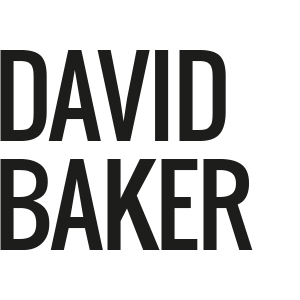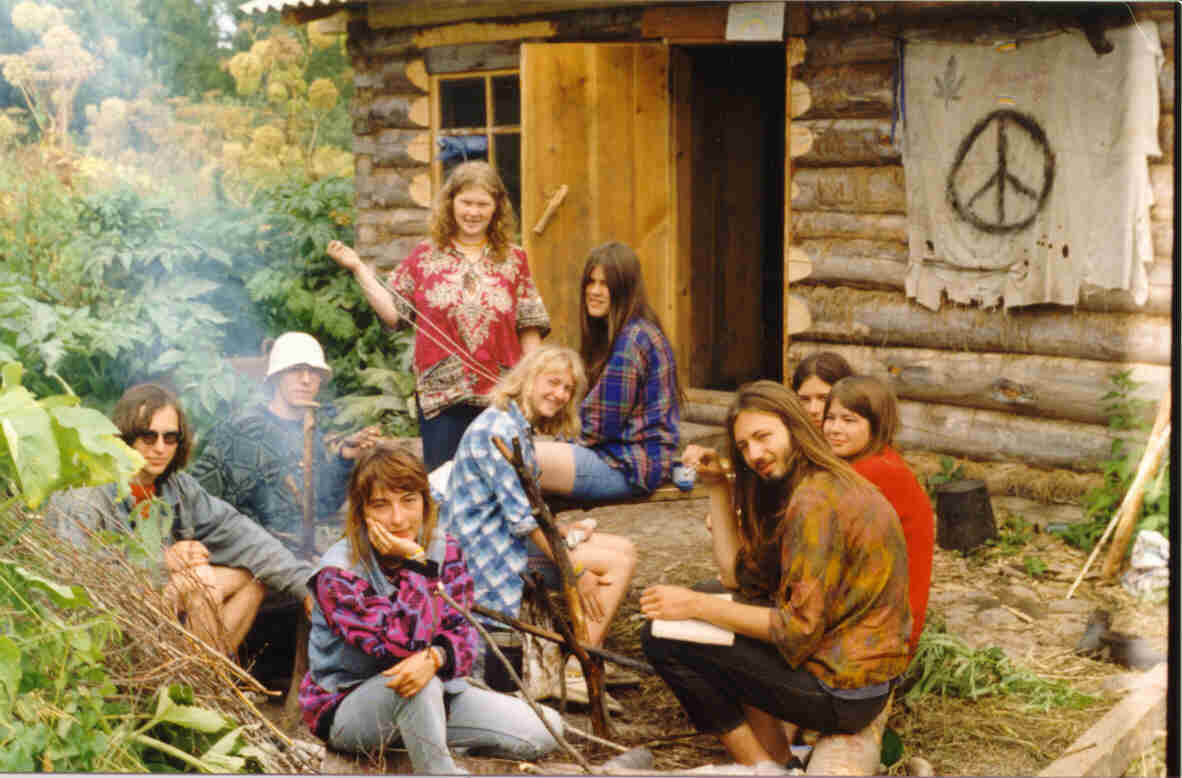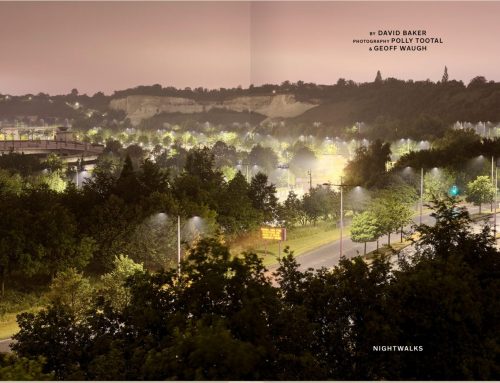In the 1960s they shared Marxism, meals and love. Today’s communards are more likely to be sharing profits
Financial Times, 7 July 2007
They were the perfect homes for the hippy movement. Loosely structured and easy-going, communes in the late 1960s and early 1970s offered young people shelter, warmth, food and company without any of those annoying constraints of the nuclear family and suburban life. In a commune you could get up late, spend the day doing whatever you wanted and even sleep with your best friend’s partner, all in the name of rejecting conventionality. And it hardly cost you a penny.
Well, at least that was what the view was from “straight” suburbia and it provided plenty a pursed lip and sharp intake of breath around the dinner tables of provincial Britain and middle America.
In fact, the explosion of communal living that spread across the UK, Europe, the US and Australia at the beginning of the 1970s turned out to be a fascinating experiment in what it means to call somewhere “home”. Although the revolution the communards dreamt of never really came to be, there are still plenty of communes around and the effects of their experiment can be felt today.
When the movement got going, between the summers of love and the Reagan/Thatcher eras, commune living was pretty synonymous with anti-capitalism. Money was pooled, vegetables were grown and everything possible was done to avoid being part of the process of supply and demand. So it might come as a surprise to learn that some of the communities functioning today look a lot like corporations.
“Since the 1980s we have gained in complexity,” says May East, chief executive officer of Cifal Findhorn, one of the many offshoots of the quasi-religious Findhorn community, set up by Peter Caddy and his wife Eileen on a caravan site in Morayshire, Scotland in 1962. “We have diversified into 50 business initiatives, from a community store to a bakery, a wind farm, a record company, a factory that makes solar panels and so on and so on.” And these are not all small undertakings. One of them, the Findhorn Foundation, has an annual turnover of Pounds 1.6m from its training and consultancy work.
Just over 250 miles south, in Dumfries and Galloway, Laurieston Hall, which began life as a radical community in 1972, is now a thriving conference centre doing a nice line in environmental and spiritually oriented retreats. “Laurieston has been in the conference business for a long time,” says Chris Coates, one of the editors of Diggers & Dreamers, the UK directory of intentional communities, as communes now prefer to be known. “They got serious and used it as an income stream. Some of the early conferences were very anarchic. Now they are very organised.”
There’s no doubt that many of the early communards would find places such as Findhorn and Laurieston Hall astonishing, with their eager embracing of income streams and cost centres. Andrew Rigby, one of the early chroniclers of the movement, wrote in 1974 about a commune that made a small income by baking and selling fruit loaves, every so often giving away a batch because they were uncomfortable about making a profit. Marx’s principle of “from each according to his abilities, to each according to his needs” seemed to be designed to eradicate differences in wealth or income. And, in 1970, a run-down big house in the British countryside could be bought for Pounds 2,000, a sum easily within reach of a few people and an inheritance or two.
Inevitably, ideology came up against reality. Between the 1960s and 1980s, the developed world saw a significant rise in standards of living and people’s aspirations rose with them.
“The ideas of a ‘good life’ change,” says Lucy Sargisson, associate professor of politics at the University of Nottingham, who has made a study of “utopian” communities. “People don’t want to give up having a car, having a nuclear family. Maybe idealism is always doomed to fail. It runs up against the real world and people’s changing needs. It needs to compromise and that can be hard.”
Many communes, built on sincerely held beliefs, collapsed when faced with the tempting reality of the “straight” world. While communities in the US, New Zealand or Australia could cushion themselves from the rest of the world by setting up in the middle of nowhere, in the UK and Europe most communes were in or on the edge of towns and villages. Their members were able to compare their own standards of living with those of the people around them and found them wanting. When that happened it took a lot of glue – the kind that binds a religious community, for example – to keep the communes together.
In his book Communes in Britain Rigby describes many incidents of people leaving communes, fed up with the privations the lifestyle entailed. Today it is the religious groups, such as the Bruderhof communities in the US,Germany and the UK and the Hare Krishna-run Bhaktivedanta Manor in Hertfordshire, north of London, that are expanding. Belief, it seems, goes a long way in helping human beings co-operate.
An important exception is Findhorn, one of the UK’s longest surviving communities. Although it was founded on a belief in Eileen Caddy’s ability to channel the word of God, Findhorn has always avoided a single ideology. “One of the reasons we have survived for four decades is that we have never had a dogma,” says East. “We are a laboratory of human emotions. We have kept updating the experiment.”
Critics of communal living are quick to seize on words such as “laboratory” and “experiment”. And they have a point. Communal living challenges the way modern liberal values prioritise the individual over the group and that is not always to everyone’s comfort. In a commune there are usually pressures over money (in short supply), work (pooled and not everyone doing their fair share) and, perhaps most important of all, privacy, which can sometimes be non-existent. Many of the communes that started so optimistically in the 1970s fell when faced with these very human problems.
“I am very jealous of my privacy,” says David Michael, a former communard who is now part of the UK’s growing co-housing movement. “I lived in a commune in Bradford-upon-Avon. At first it was a community but gradually we made our own private spaces. I am beginning to think there is a human need for privacy and a human need for communality. People vary in how much of one or the other they want.”
Michael is now managing director of The Cohousing Company, which has set up the UK’s first purpose-built co-housing community in Stroud, Gloucestershire. The project has about 85 residents spread across 35 houses and flats and common facilities such as a dining room and a meeting hall. “In communes there was an enforced communality,” he says. “Here we have regular evening meals in the common house but you don’t need to go to them.”
It is likely that Michael has hit upon one of the fatal flaws of much early communal living, the rejection of privacy, either in terms of space or as private property. Even now at The Farm, a 36-year-old community in Tennessee which is now essentially a high-tech environmental think-tank, visitors can still find themselves sometimes using toilets without doors or partitions, a hangover from the time when walls meant prisons and keeping to yourself meant you had something to hide.
Yet, as any alumnus of a British boarding school can tell you, lack of privacy can erode the soul and sometimes the only way to get away from the scrutiny of your fellow communards was to leave the commune. Rigby found many examples of people leaving communes once they had found a partner, the reason they gave being that they needed some space of their own in which to bring up children.
Sargisson agrees. “There are people I have met who lived in intentional communities in the 1970s and are still living a communal lifestyle but it is less intensively communal than in the 1970s. You don’t find a lot of communities with everyone under the same roof.”
Another early illusion of the communards was that there was no need to create a formal decision-making process, that if you worked hard enough at it decisions could be made by consensus. The impulse against decision-making was essentially an anti-authoritarian one, of course, fuelled by a fantasy that, as long as people all got on, in the end they would find a way to agree.
In fact, the opposite has turned out to be the case. While the original founders of communes tended to be people who already knew each other, were fairly like-minded and understood each other’s idiosyncratic ways of resolving problems, once communes grew, making decisions turned out to be more difficult.
” The first decision a group has to make is to decide how they will decide,” says East. “At Findhorn, we have continually adapted our ways of deciding.”
Each of the community’s businesses has a different way of making decisions, depending on its structure and the number of people involved. Mostly the choice is between consensus and what East calls “deep democracy”.
“Say you have 100 people and they have to decide what we spend a new grant on – a new windmill or some eco-homes,” she says. “Ninety-eight people want one thing and two want the other. In deep democracy, we give those two people time to say why they are opposed and to go back to the drawing board to try to find a way of bringing the two proposals together. You want to involve the people who originally voted against the decision. And you want to avoid doing what simple democracy does and creating 49 per cent potential saboteurs.”
East admits that Findhorn’s decision-making process takes much longer. “But,” she says, “once a decision is made, it is much faster to implement as everyone is behind it.”
“You do need to have a decision-making structure in place,” agrees Sargisson. “Dealing with change is always difficult in life but particularly difficult with people who have a commitment to the ‘good life’. Most groups who have succeeded over time have a decision-making process, often a very elaborate one. They spend a lot of time in meetings.”
Problems with money, ideals clashing with the real world, lack of privacy, difficulties making decisions – there are plenty of reasons why commune living should not survive. But in the UK, Europe, the US, Australia and New Zealand, there are plenty of intentional communities that are thriving. They are learning from past mistakes and adapting to new times.
In one important sense they remain true to their roots. The more radical of the early communes saw themselves as having an evangelical role – they would change the world by example. “Look how we live,” they said, “and do the same.” It was unlikely that many in the developing world would heed the early communards’ strongly anti-capitalist message, especially when their neighbours where buying new cars and colour televisions. But today the agenda has moved from an anti-capitalist one to a pro-environmental one and representatives from the likes of The Farm and Findhorn find themselves speaking on the subject to United Nations committees.
Their message is already affecting how the rest of us choose to live. This month in London apartments go on sale in a new luxury development on the north bank of the Thames. Prices begin at Pounds 300,000 for a studio, rising to Pounds 1m for a three-bedroom flat. Too much for your average communard, certainly. But the combined water and heating system, which can burn biomass fuel such as switchgrass, hemp and biodegradable waste, would make them feel right at home.






